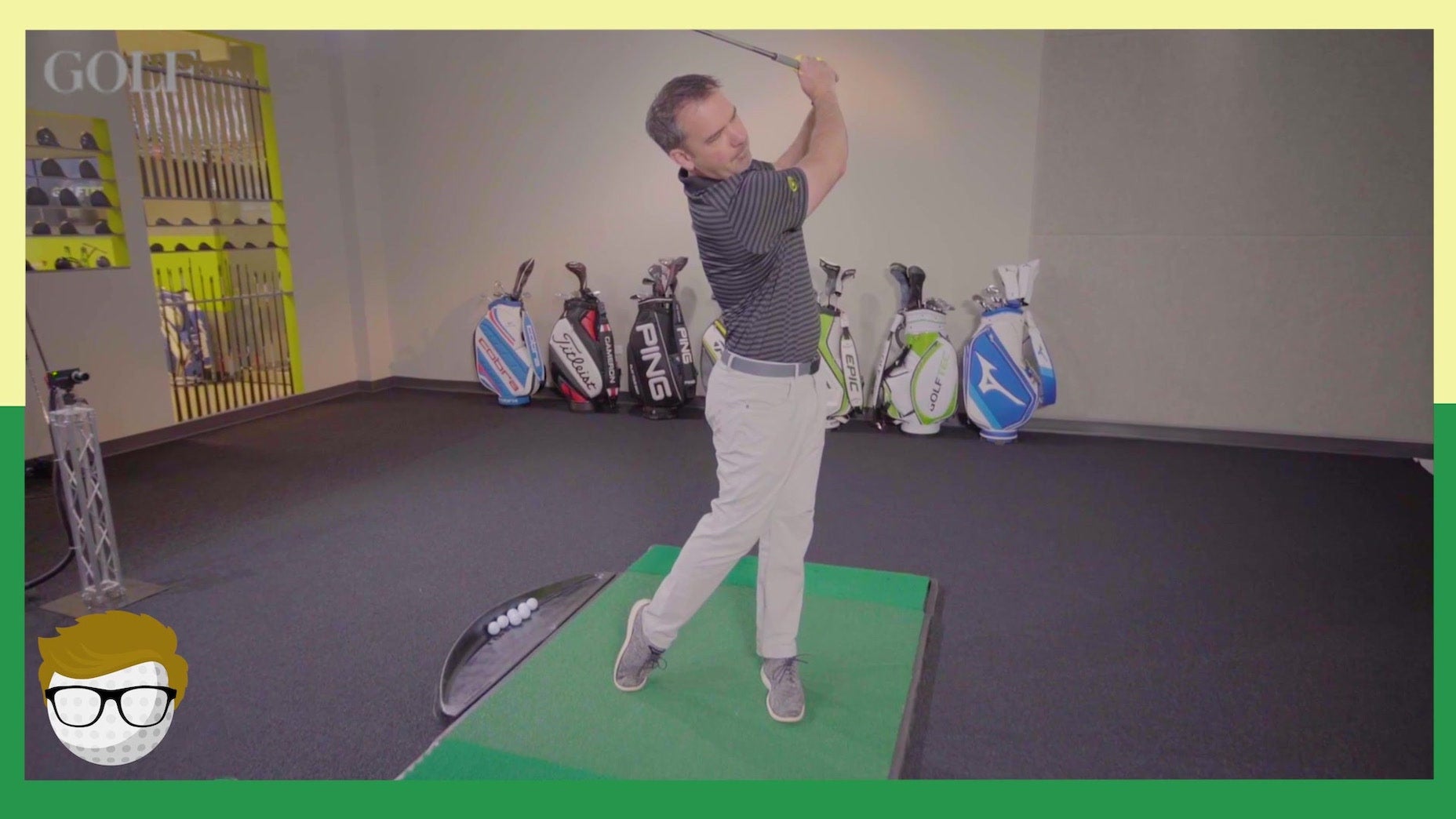
Welcome to Play Smart, a game-improvement column that drops every Monday, Wednesday and Friday from Game Improvement Editor Luke Kerr-Dineen to help you play smarter, better golf.
Everybody has a follow through, and for most people, it’s arguably the prettiest part of their golf swing. Golfers generally consider their follow through as an outcome of whatever came before it. But have you ever stopped to consider the reverse? That you can use your follow through as a way of improving the rest of your golf swing?
GOLF Top 100 Teacher and GOLFTEC VP Nick Clearwater has. After highlighting the importance of shoulder tilt in the golf swing we’re continuing our Play Smart mini-series together by delving into the research Clearwater’s team has done reverse-engineering the follow through. You can learn more about all the cool things GOLFTEC is going with your own swing evaluation right here, or keep scrolling below to get a taste about how changing-up your follow through can help.
All of our market picks are independently selected and curated by the editorial team. If you buy a linked product, GOLF.COM may earn a fee. Pricing may vary.
GOLF.com Readers Save 15%
Fill out this form to book a swing evaluation or club fitting and begin your journey to better golf.
1. Good golfers bend backwards
Remember those old reverse-C finishes? You may not want to go back that far, but you don’t want to go too far in the opposite direction, either: In GOLFTEC’s analysis of millions of golf swings as part of its SwingTru study, they’ve found that the lowest handicaps bend their back backwards 15 degrees by the time their left arm is parallel with the ground on the release, and 31 degrees at finish.
“One of the things you should do when you’re learning the game is understanding how the follow through works,” Clearwater says. “[Bending backwards] helps you gain swing speed, shallow your angle of attack, and improves a host of other things along the way.”
The worst golfers bend towards the target on the follow through, like this…

2. Hit more punch shots
Don’t worry, that’s not Nick’s actual swing. That’s Nick demonstrating an unfortunate position that we’ve no-doubt seen at our local course somewhere. How do you avoid it? Not by thinking about the number of degrees, but instead by getting the degrees you need via some simple swing thoughts.
One drill to help with this, Cleartwater says, is to hit more punch shots: Take an abbreviated backswing (so your left arm is parallel to the ground) and end your follow through by keeping both arms straight and pointed towards the target. As you’re hitting golf balls with this shorter swing, Clearwater says you should be consumed with a handful of simple thoughts.
“Keep checking that your hips are level, your shoulders are back, and the buttons of your shirt pointed towards the sky,” he says. “Start chipping them, you can swing faster as long as the wheels don’t fall off.”








